By: Jennifer Ariesta
After multiple teasing appearances in The Mandalorian and The Book of Boba Fett, finally everyone’s favorite rebellious Jedi Ahsoka gets her own show. Rosario Dawson is back as the Togruta warrior, as is series creator slash director slash writer Dave Filoni, who also envisioned the character on Clone Wars. The Disney Plus series explores what Ahsoka’s been up to since her stints on the aforementioned series and with her are some familiar faces that die-hard Star Wars fans will recognize from the animated series Star Wars Rebels.
Indeed, Ahsoka came loaded with pre-existing characters who have established history and crucial roles in the Star Wars universe, particularly from Rebels. In fact, this series is essentially a live-action sequel to that show, continuing where Rebels left off and teasing the return of its big baddie.
In the series opener, Ahsoka is on the hunt for a star map containing the suspected hiding location of Grand Admiral Thrawn, who was defeated at the end of Rebels. She’s not the only one: Thrawn loyalist, Morgan Elsbeth, has broken out of her incarceration and is eyeing the same artifact. Ahsoka finds it first, but in typical Star Wars fashion, the map is encrypted and the only one who can decrypt it is Ahsoka’s former Jedi pupil, Sabine Wren. Naturally, the reunion between the two is fraught with tension. But that must wait, because shortly after, Morgan’s accomplice steals the map off of Sabine. Now, the ex master-apprentice must band together to pursue Morgan and co before they can get to their destination.

Based on the three episodes out so far, general viewers without prior knowledge of deep-cut Star Wars lore can rest assured. Thanks to the bulky expositions scattered throughout the show, it’s pretty easy to follow Ahsoka’s myriad backstories. It may not account for pre-existing emotional bonds that exist among these characters – that’s strictly for Rebels fans – but the writing makes it easy for newbies to digest.
On the characters front, Sabine is unquestionably the most intriguing protagonist so far. She’s fiery and passionate, but also lacking in the Force. Mercurial in attitude, she’s a Luke Skywalker-esque padawan with the cynicism and stubbornness of Han Solo – a perfect Star Wars heroine.

Ahsoka still remains an enigma three episodes in. Always aloof and distant, she serves as the Obi-Wan-esque supporting mentor role to Sabine’s Luke in a show with her name on the title. Quite a puzzling decision there. Her fraught dynamic with Sabine is intriguing, though.
Meanwhile, green General Hera Syndulla is set aside to deepen the political aspect of the worldbuilding. We all know that the fledgling New Republic isn’t gonna last, we’ve seen the Sequel Trilogy. But at this point, we’re in the early stage of the New Republic following the fall of the Galactic Empire. Seeds of discord and inefficient government have started showing; it’ll be interesting to see how the show handles its eventual fall. Side note: over the years, as we learn more about the New Republic’s failures, the ending of the Return of the Jedi feels less and less impactful. But the Star Wars machine must continue chugging along, so here we are. Let’s hope it’s a worthwhile descent.
The show’s villains, fronted by Morgan, a Nightsister witch, with her Force-wielding bounty hunters Baylan Skoll and Shin Hati, make for worthwhile adversaries to our heroes. Elsbeth and Shin, in particular, have this Palpatine-Anakin-like dynamic that will be interesting to look out for. And then, there’s the Thrawn of it all – the mystery and McGuffin rolled into one. He’s built up as this menacing supervillain, let’s hope he lives up to the hype.
The directing feels pretty much identical to The Mandalorian, down to the visual style, pacing, and tone. If these Disney Plus Star Wars series are planned as interconnecting stories that will culminate in a feature film as rumored, then the choice makes sense.
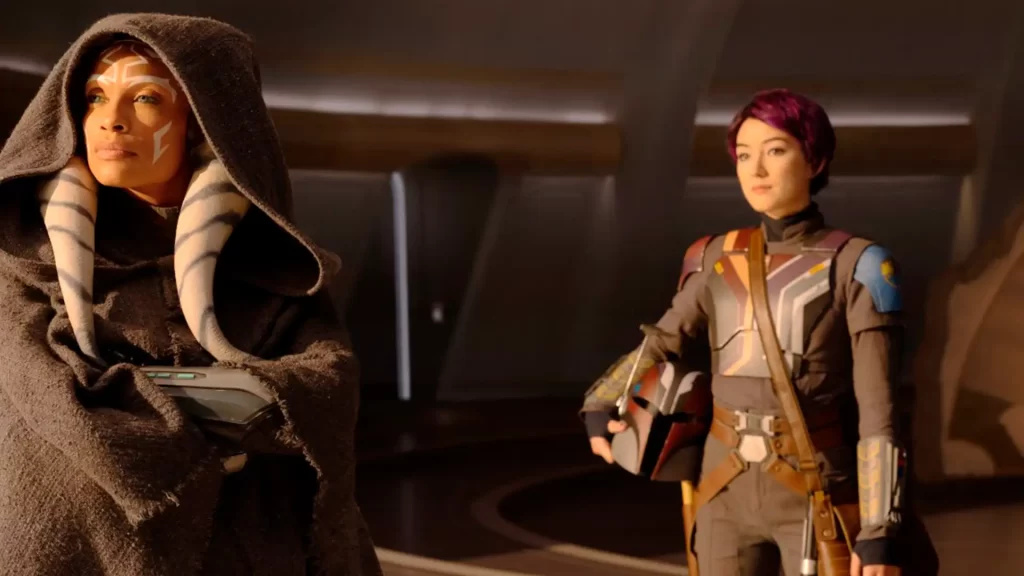
Lucasfilm’s visuals and special effects, as expected, never disappoint. You can truly feel the scope of the world as the show takes you to some cool new places never seen in live action. The Dathomir Temple, Lothal’s gleaming white city, the red forest of Seatos, not to mention the existence of a galaxy outside of the solar system we’ve been familiar with since 1977. Perhaps even World Between Worlds will make its live-action debut? The galaxy truly feels expansive and abound with possibilities, allowing this seasoned franchise to distance itself from the Skywalkers, which it badly needs to do.
The score is done by Kevin Kiner, who also composed The Clone Wars and Rebels. It is commendable of Filoni that he brought in a longtime collaborator instead of a big name talent for his live-action project. Kiner’s work bears the operatic trademarks of John Williams, with Asian-flavored influences like drum beats and flute notes often found in Chinese martial arts or Akira Kurosawa films. The end credit theme, in particular, is an evocative number that captures the epic fantasy nature of Star Wars.
Thematically, the series feels very classic Star Wars: good vs evil, light vs dark, and what lies in between. The between is very much where this show wants to play. The series posits a recurring question about what makes a great Jedi:
Is it the rules, which time and time again have proven to be highly flawed?
Is it merely a question of Force-related talent or something that one can practice since, after all, the Force flows through all living things?
The questions still linger, as Sabine – the audience proxy – struggles with her Jedi training. Ahsoka, a Force wielder who rejects traditional Jedi customs, is the perfect person to guide us to find the answers.
Ultimately, this is one of the better recent Star Wars entries. It brings back the old-fashioned pulpy caper element and then adds a dash of Andor-flavored political conspiracies. Replete with familiar elements, recognizable iconographies, well-worn character tropes with just enough ingenuity to keep things fresh, it is familiar in a new repackaging – which seems to be the mode that Star Wars fans prefer most.
Ahsoka has so far delivered a great mixture of heist, Indiana Jones-style swashbuckling treasure hunt, mildly intriguing political thriller, and the ever reliable good-vs-evil battle. If the end credit’s animated constellation of the galaxy is anything to go by, then we’re in for a wild galaxy-spanning ride. Done right, it’ll literally be stellar.
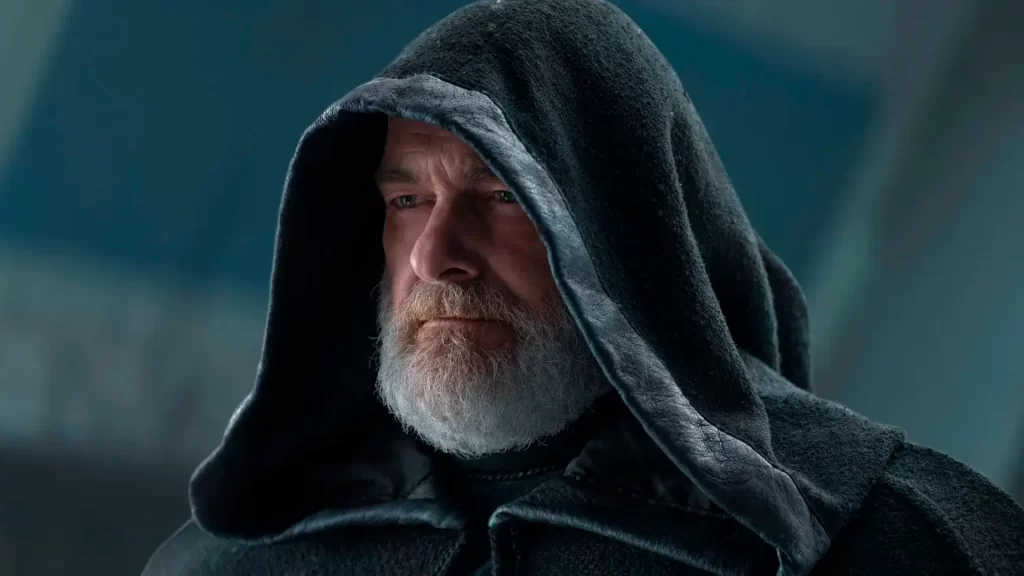
Force-Approved Moments
- Ahsoka’s Dathomir Temple excursion gives off a strong Raiders of the Lost Ark vibe.
- Sabine’s Top Gun autobike moment with a Star Wars-language metal song blasting in the background.
- Morgan’s ring-shaped vessel – finally a villain spacecraft that’s not a boring rehash of the Star Destroyer!
- Ahsoka wearing a spacesuit outside the ship. Is this a response to that infamous Leia Poppins scene? At least this time, there’s a morsel of scientific plausibility baked into it. That the suit covers even Ahsoka’s head tails is a nice detail.
- Sabine’s training sequence – love to see a Jedi training that doesn’t magically make them powerful, perhaps the best lesson Lucasfilm has learnt from past entries.



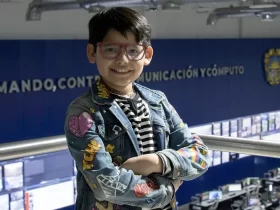



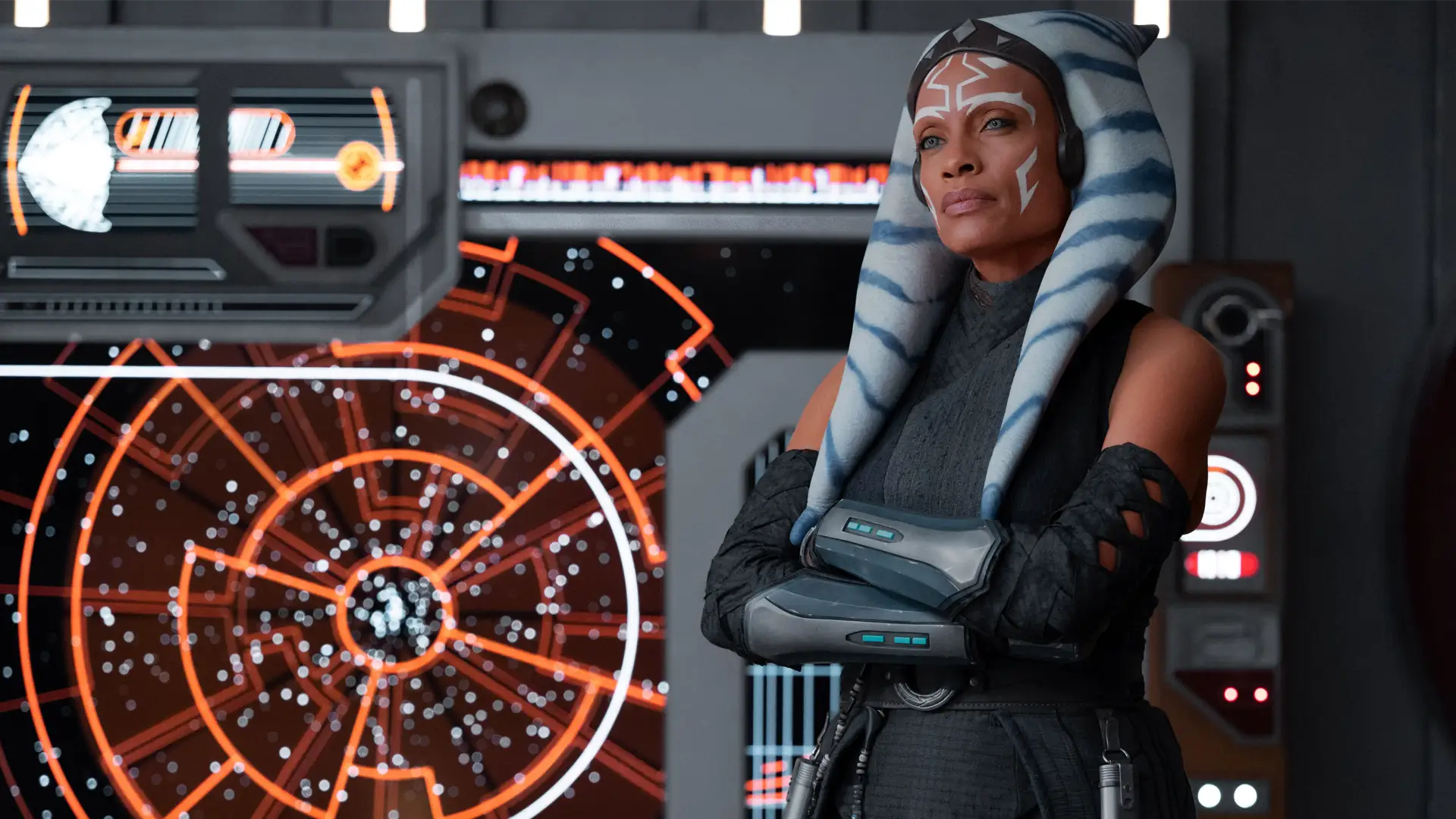































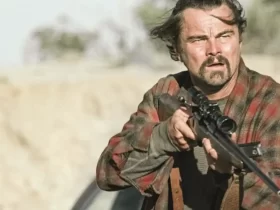
Leave a Reply